I have come across these two app notes:
Coil Suppression Can Reduce Relay Life
Application of Coil Suppression with DC Relays
Both of them agree on the fact that a common diode + Zener diode in series is the best solution for spike suppression all the while maintaining a very fast energy drop-off.
However, the second app note shows a -24 V transient with such a schematic. That seems to me way out of a standard open-collector output. What could be done to keep the benefits of the Zener + diode without having the risk of frying an output?



